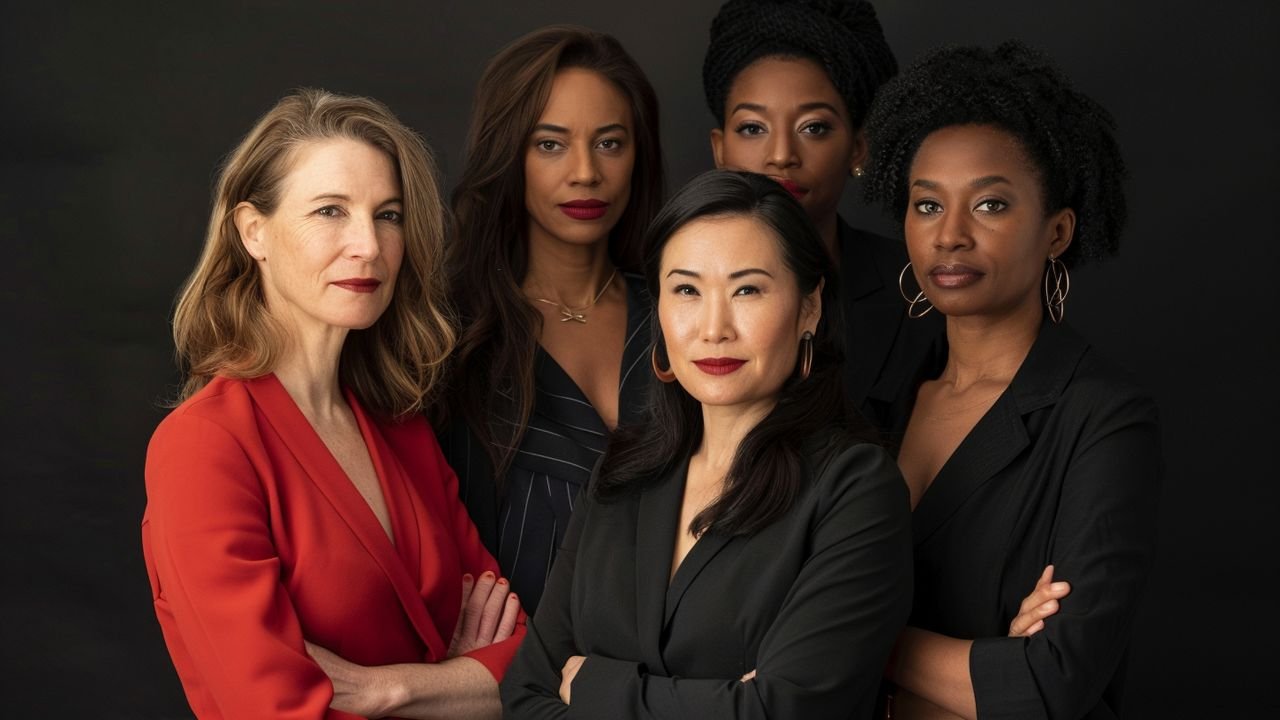Despite decades of progress and promises of parity, new LinkedIn data has revealed a concerning reality. The rate of women stepping into leadership roles in Australia has dropped by 8% – returning us to where we were in 2020. And, as the world races toward an AI-powered future, this backslide is more than a gender issue. It’s a threat to economic growth, innovation, and the future of work.
With artificial intelligence projected to inject $200 billion a year into the Australian economy and create 150,000 new jobs by 2030, LinkedIn is calling on businesses and governments to act urgently. And, inclusively. Their message is clear: we can’t build the economy of tomorrow by leaving half the workforce behind.
Women are actually better prepared than ever to lead in this new era. The data shows that Australian women are 37% more likely to have “multidomain” career paths – non-linear, cross-industry experiences that are critical in adapting to fast-changing technology. That’s nearly double the global average. These kinds of versatile, human-centric skills (think: communication, collaboration and creativity) are precisely what’s needed to lead in an AI-shaped world.
And yet, leadership pipelines are shrinking. Only 25% of Baby Boomer women in Australia hold C-suite roles, compared to 44% among Gen Z. While younger women are rising, there’s a troubling drop-off with age. And it’s costing us.
“Women’s unique career paths and adaptive leadership styles are exactly what our evolving economy needs,” says Audrey Lobo-Pulo, Head of Public Policy & Economic Graph at LinkedIn ANZ. “Yet their representation in leadership continues to decline. Sidelining half of the country’s talent pool risks stalling growth, innovation, and productivity.”
The solution could be rethinking how we hire. A skills-first approach – where hiring managers prioritise actual capabilities over traditional qualifications – could expand the global talent pool for women by more than six times. And, AI could be a powerful part of the solution, helping to counter bias and highlight the diverse experience women bring to the table.
Globally, women make up 41% of the work force – but hold less than a third of VP or C-suite roles. In STEM leadership, the numbers are even bleaker, with just 12% of top roles filled by women.
Ultimately, Australia has the talent. But, if we want a fairer, smarter, and more productive economy, we need to unlock it. And, the time for action is now. Before progress slides even further.
